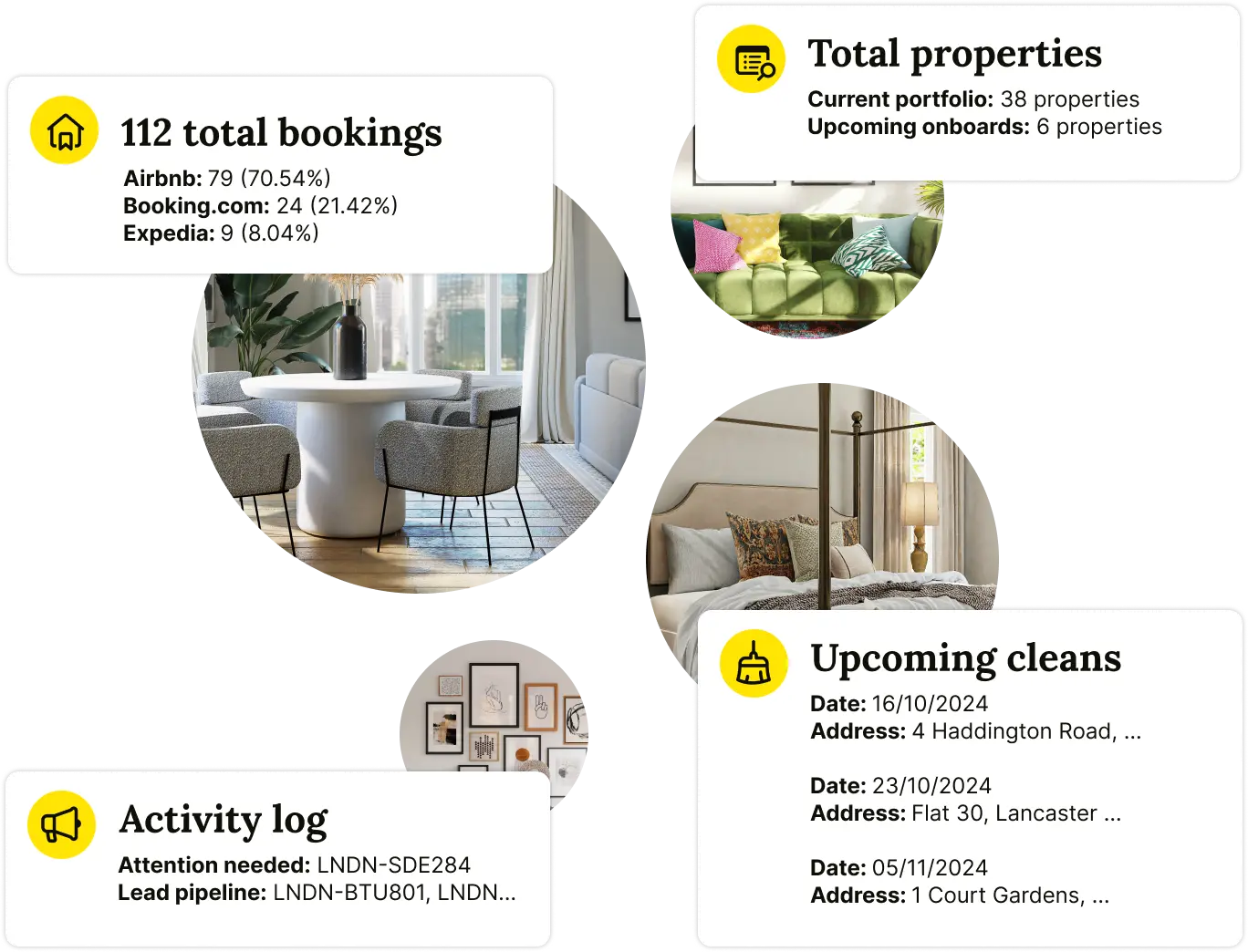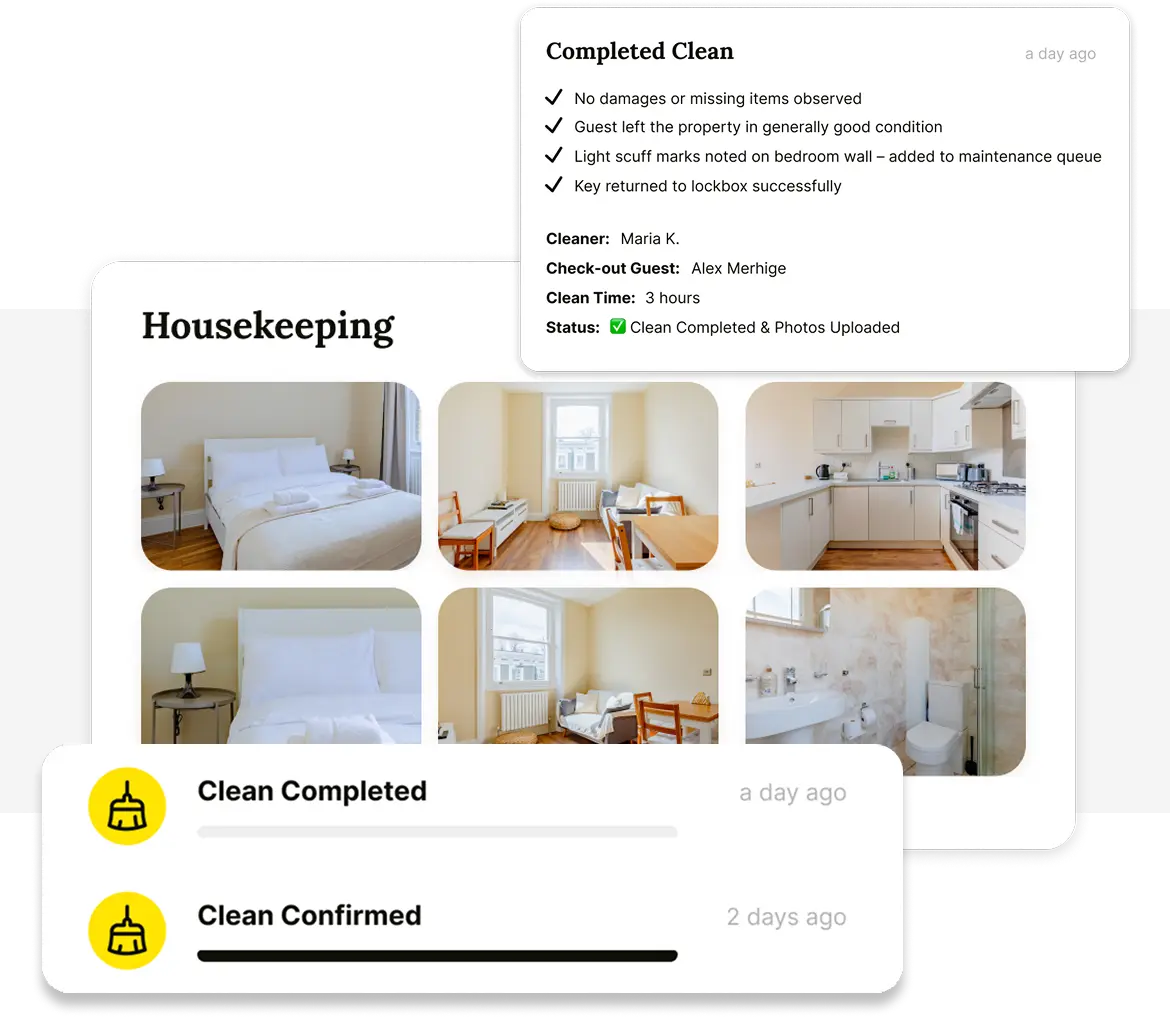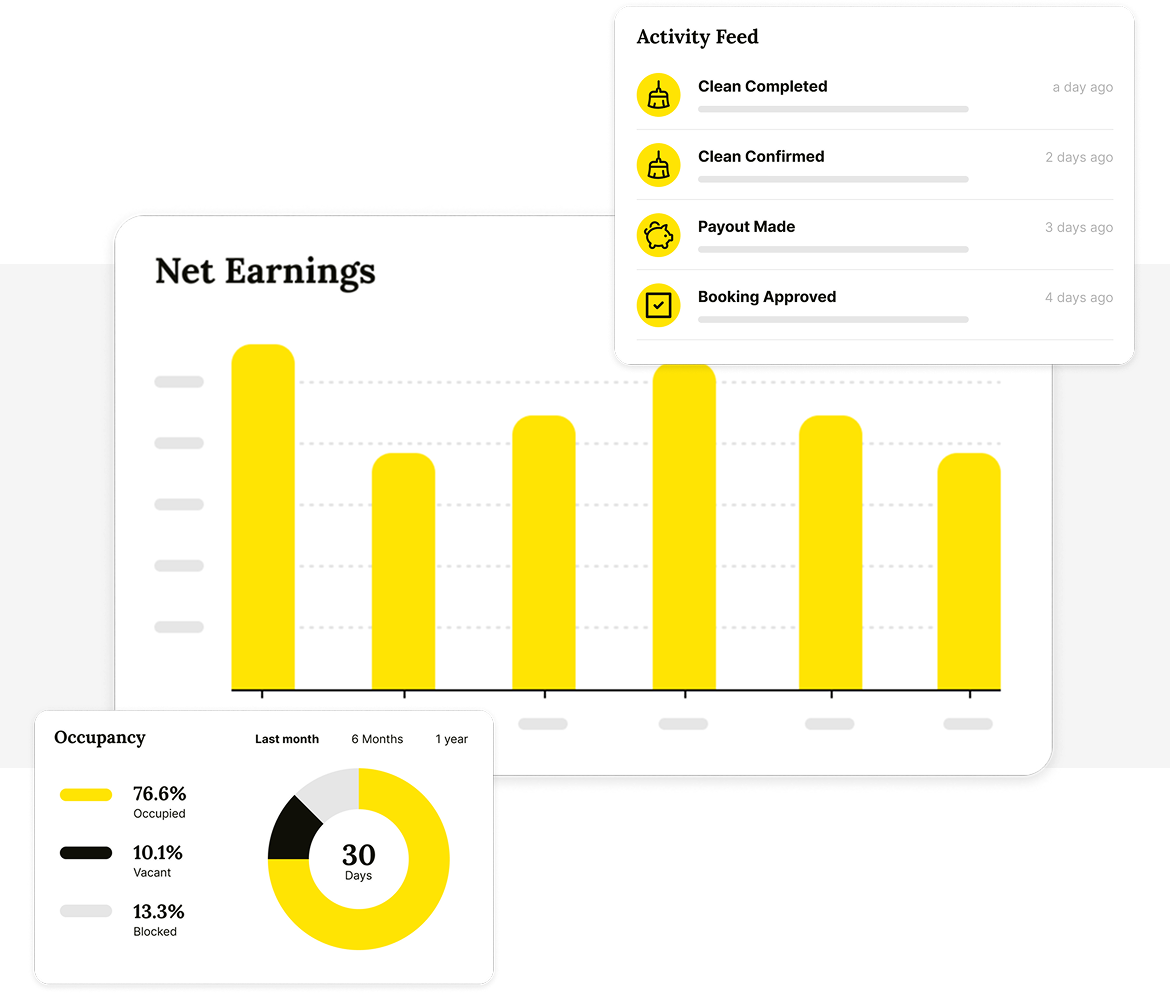The term 'negative gearing' is not explicitly outlined in tax legislation.
It's a widely used phrase that describes a scenario where expenses linked to an asset, including interest costs, surpass the income generated by the asset. This concept isn't limited to real estate; it can be applied to any investment.
People in a negatively geared situation can offset their loss against other forms of income, like their salary and wages. This aligns with the general functioning of Australia's personal income tax system.
Australia's tax framework operates on the principle that individuals are taxed on their income, with deductions taken into account to arrive at the taxable amount. This mirrors the taxation approach applied to business profits, where tax is calculated based on net profit after subtracting expenses, not on total revenue.
The availability of deductions for expenses incurred in generating income acknowledges that individuals have varied costs associated with earning income. In this article, we’ll discuss negative gearing in detail.
Table of Contents
What is Negative Gearing & How it Works
Negative gearing refers to a situation where the expenses associated with owning a rental property exceed its annual income. This results in a financial loss that is eligible to be offset against other sources of income, such as your salary or wages.
Gearing in the context of property investment refers to borrowing money to invest. When you take out a loan to invest in a property, that property is said to be "geared" because you've used leverage to finance the investment.
Negative gearing occurs when the expenses related to owning a rental property, such as mortgage interest, maintenance costs, and property management fees, are greater than the rental income you receive from tenants. This results in an annual financial loss from your investment property.
However, this loss can be used strategically for tax purposes. In many tax systems, including Australia's, you can deduct this loss from your total taxable income, which may reduce the rental income tax you owe. Essentially, the losses from the negatively geared property can offset the income you earn from other sources like your salary or wages, lowering your overall taxable income.
Investors may see negative gearing as a way to benefit from potential capital gains on the property's value over time and the tax advantages of offsetting losses against their income.
.webp)
Negative and Positive Gearing Explained
Gearing, in the investment context, essentially means using borrowed funds to acquire an asset. For example, when you take out a loan to purchase a rental property, that property is said to be "geared" because you've used borrowed money to invest in it. Gearing is a common strategy in property investment, often involving a mortgage to finance the purchase.
Negative Gearing
When the expenses associated with owning a rental property, like mortgage interest, maintenance costs, and property management fees, exceed its rental income, the property is considered "negatively geared." This results in an annual financial loss. However, this loss can be deducted from your total taxable income, potentially reducing the amount of income tax you owe. The goal with negative gearing is often to benefit from potential capital appreciation of the property's value while taking advantage of the tax benefits.
Positive Gearing
On the other hand, if the rental income from your property exceeds the expenses incurred in owning it, the property is considered "positively geared." In this scenario, you are making a profit from your investment property, and you have additional income after covering all the costs associated with it. Positive gearing can provide regular income and potentially be less reliant on capital appreciation for profitability.
.webp)
Advantages of Owning a Negatively Geared Property: A Case Study in Australia
Let's consider a case study within the Australian context to show the benefits of negative gearing. Meet Bill, a property owner with a rental property that generates an annual rent of $25,000. However, the expenses related to the property, including mortgage interest, total $30,000. This results in a taxable loss of $5,000 for Bill, which he can use to decrease the tax he owes on his salary.
For those who anticipate a yearly investment loss, there's an option to proactively approach the Tax Office to lessen the amount of tax withheld from your salary. This strategy, PAYG Withholding Variation, can substantially enhance your cash flow. If you explore this option, your mortgage broker and tax advisor can provide further insights and guidance.
Risks of Negative Gearing in Investment Properties
Negative gearing involves incurring a consistent financial loss, and it's crucial to fully comprehend the implications before committing. Consider the following:
- Rental Property Vacancies: If you struggle to find tenants for your rental property, the loss associated with negative gearing can become more pronounced.
- Property Value Fluctuations: In case of a significant downturn in property values, your investment might not appreciate as anticipated, affecting your overall financial position.
- Rapid Interest Rate Increases: If interest rates suddenly rise and you've committed to not raising rents for a specific period, your cash flow might be strained.
These questions warrant thoughtful consideration rather than hasty answers. Evaluating potential scenarios is crucial:
- What's your plan if your property remains vacant for a prolonged period?
- How would you handle a substantial property value decline?
- Can you manage sudden interest rate hikes while adhering to your rental agreement?
Careful analysis and preparation are paramount. You're better equipped to proceed if you're confident in navigating income losses and other challenges.
Continue reading: Unlocking the Benefits of Negative Gearing in Australia
%2520(1).webp)
Strategies to Mitigate Negative Gearing Risks
Prudent Property Selection
Opt for an investment property near essential amenities and attractive to a broad tenant demographic. This can help minimise vacancies by maintaining consistent tenant interest.
Effective Income Management
Be prepared for periods when your investment property might incur substantial costs, such as during vacancies or repairs. Ensure your overall income comfortably covers all property-related expenses, not just day-to-day costs.
Comprehensive Protection
Safeguard both your investment property and yourself by obtaining adequate insurance coverage. It's wise to be prepared for unexpected situations. Consult with your mortgage broker or financial advisor to determine the most suitable insurance types for your role as a property investor.
.webp)
Maximise Your Rental Property Income with Houst's Expert Management
Unlock the true potential of your rental property and watch your Airbnb revenue soar, all while leaving behind worries about rental property tax deductions. Our premium property rental management services offer a seamless and hassle-free experience. From finding tenants and overseeing maintenance to maximising rental yields and ensuring strict compliance with tax regulations, Houst handles every detail. Choose Houst as your letting agent today and enjoy the benefits of expert property management.
🚀 Build a Thriving Airbnb Business with Houst
Monetize short-term rentals without owning property. Our Airbnb Business Partnership Program helps you start, scale, and automate a profitable Airbnb business with smart pricing, automation, and expert support.
💡 No Property Needed
📈 Expert Growth Strategies
🤖 Automated Hosting Tools

⭐ Rated 4.8/5 by 2,500+ Hosts

🧼 Airbnb Cleaning & Turnovers, Done Right

⭐ Rated 4.8/5 by 2,500+ Hosts

🚀 Build & Grow Your Airbnb Business with Houst
Turn your expertise into a profitable Airbnb business — without owning property.
Join Houst’s Airbnb Business Partnership Program to start, manage, and scale with ease. Get expert support, automation tools, and smart pricing strategies to maximize earnings and grow faster.

⭐ Rated 4.8/5 by 2,500+ Hosts


⭐ Rated 4.8/5 by 2,500+ Hosts

.webp)
🚀 Start & Scale Your Airbnb Business with Houst
Join Houst’s Airbnb Business Partnership Program to start, manage, and grow your short-term rental business. With expert marketing, automation tools, and dynamic pricing strategies, we help you maximise earnings and scale faster.

⭐ Rated 4.8/5 by 2,500+ Hosts





